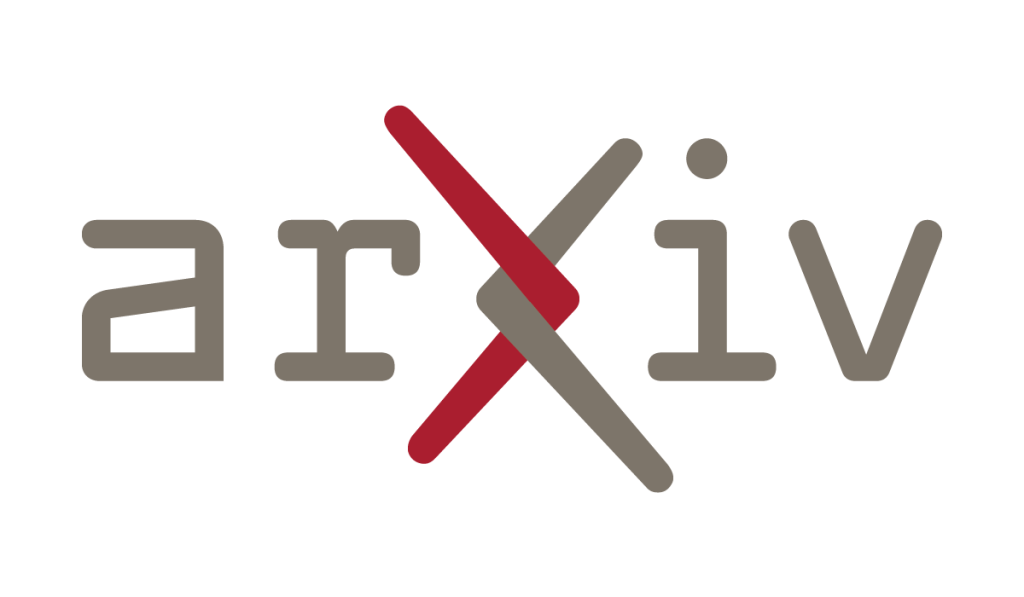arXiv:2505.07864v1 Announce Type: new
Abstract: Flowcharts are indispensable tools in software design and business-process analysis, yet current vision-language models (VLMs) frequently misinterpret the directional arrows and graph topology that set these diagrams apart from natural images. We introduce a seven-stage pipeline grouped into three broader processes: (1) arrow-aware detection of nodes and arrow endpoints; (2) optical character recognition (OCR) to extract node text; and (3) construction of a structured prompt that guides the VLMs. Tested on a 90-question benchmark distilled from 30 annotated flowcharts, the method raises overall accuracy from 80 % to 89 % (+9 percentage points) without any task-specific fine-tuning. The gain is most pronounced for next-step queries (25/30 -> 30/30; 100 %, +17 pp); branch-result questions improve more modestly, and before-step questions remain difficult. A parallel evaluation with an LLM-as-a-Judge protocol shows the same trends, reinforcing the advantage of explicit arrow encoding. Limitations include dependence on detector and OCR precision, the small evaluation set, and residual errors at nodes with multiple incoming edges. Future work will enlarge the benchmark with synthetic and handwritten flowcharts and assess the approach on Business Process Model and Notation (BPMN) and Unified Modeling Language (UML).
Source link
Arrow-Guided VLM: Enhancing Flowchart Understanding via Arrow Direction Encoding
Previous ArticleThredUp overhauls resale service, slashes fees

